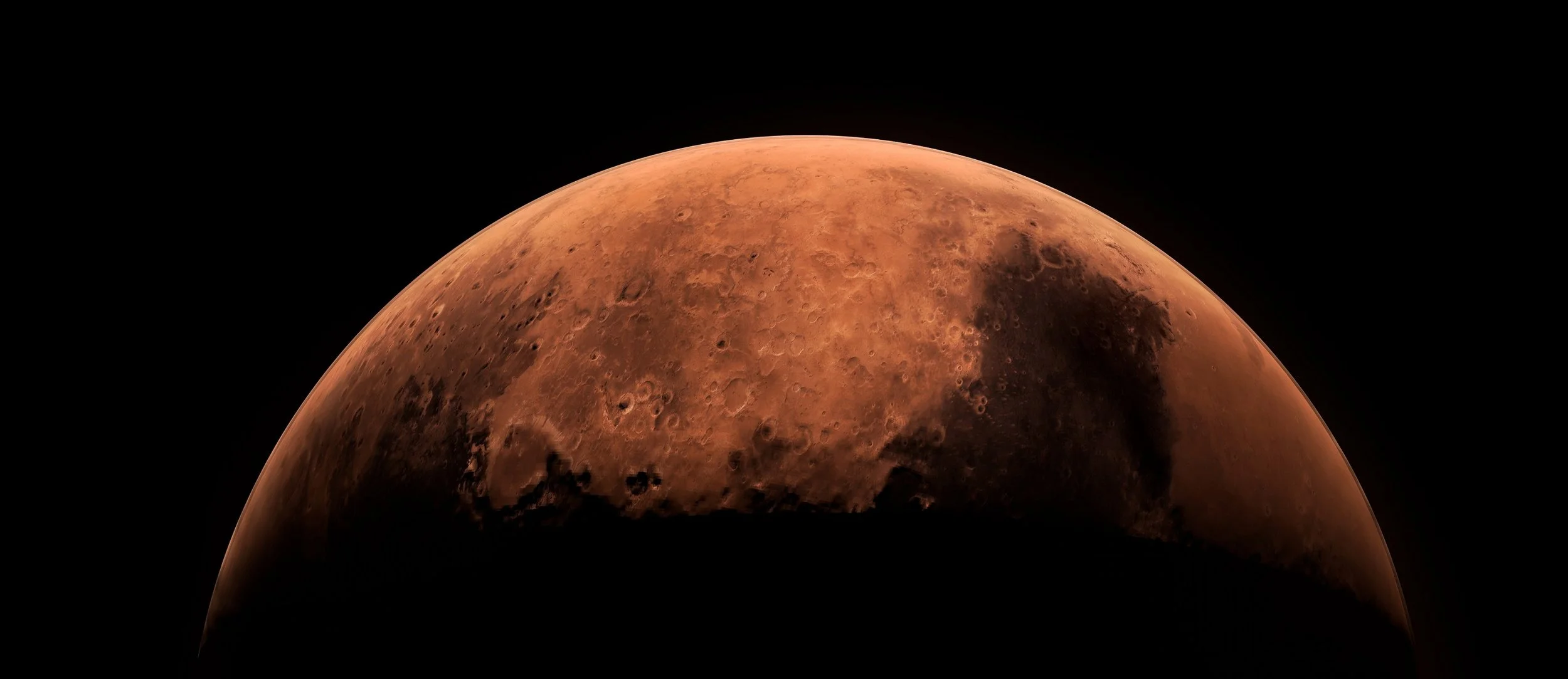We have devoted an article on Jupiter's four largest moons in the past were we explain why they are among the most exciting worlds of our solar system. Jupiter has some steep competition from Saturn in this area though, and one of them got a lot more interesting!
We're talking about Saturn's sixth-largest moon, Enceladus. A mysterious process hidden in a potential subsurface ocean, deep underneath its icy shell, produces lots of methane that cannot be accounted for with known geochemical processes. So is some form of life responsible for all this methane?
According to a study published in Nature, it cannot be ruled out.
Enceladus - Image Credit: NASA/JPL/Space Science Institute
Being one of Saturn's 82 moons, it isn't easy to stand out. Not so for Enceladus though, not only is it almost entirely covered with fresh, clean ice, making it one of the most reflective bodies in the entire solar system, it also produces giant water plumes containing methane with a mysterious origin.
In recent decades, studies have shown that beneath the icy surface of the seemingly inhospitable moon, there is an ocean in which conditions may be favorable for the emergence and maintenance of life. Obviously, this potential subsurface ocean has caught the attention of many researchers.
Studying giant water plumes
One of the main instruments astronomers have at their disposal to study Enceladus is the Cassini spacecraft. On a mission where it flew through the moon's vast water plumes, sampling their chemical makeup, it identified a relatively high concentration of specific molecules associated with hydrothermal vents on the bottom of Earth's oceans, respectively dihydrogen, methane, and carbon dioxide. The quantity of methane detected in the plumes was unexpected.
Associate professor Regis Ferriere from the University of Arizona and one of the lead authors of the recent study stated in a press release that he and his team were determined to find out if Earth-like microbes known to consume dihydrogen and produce methane could be responsible for the identified methane spikes.
A tiny moon with a large mystery - Image Credit: NASA/JPL/Space Science Institute)
Making do with what resources one has got
According to Ferriere, it would require highly challenging deep-dive missions to search for such microbes, known as methanogens. Missions like that are, sadly, not in sight for several decades and would have to overcome many challenges. So, Ferrier and his colleagues decided on taking a different route within our current capabilities.
The team constructed mathematical models to calculate the probability that different processes, including biological methanogenesis, might explain the Cassini data. They implemented new mathematical models that consolidate microbial ecology and geochemistry to investigate Cassini plume data and model the potential processes that would best explain the observations.
The scientists concluded that Cassini's data are consistent with microbial hydrothermal vent activity or processes that don't require life forms but are distinct from those known to transpire here on Earth.
Methane production on Earth
Methane can be created through so-called hydrothermal activity on our planet, but only at a very slow rate. The majority of methane produced on Earth is generated with the help of microorganisms that utilize the chemical disequilibrium of hydrothermally produced dihydrogen as a source of energy. Methane is then produced from carbon dioxide in a process called methanogenesis.
The team looked at Enceladus' plume composition as the end result of several chemical and physical processes taking place in the moon's interior.
In this real image from Cassini, backlighting from the sun spectacularly illuminates Enceladus' jets of water ice. - Image Credit: NASA/JPL-Caltech/SSI
First, the researchers estimated what hydrothermal production of dihydrogen would best fit Cassini's observations and if this production could produce enough "food" to support a population of Earth-like hydrogenotrophic methanogens.
To do that, they constructed a model for the population dynamics of a theoretical hydrogenotrophic methanogen, whose thermal and energetic niche was modeled after familiar strains we encounter here on Earth.
Subsequently, the authors ran their model to discern whether an assigned set of chemical conditions, such as the dihydrogen concentration in the hydrothermal fluid, and temperature would provide an appropriate environment for these microbes to thrive.
The team also studied what impact a theoretical microbe population would have on its surroundings - for example, on the escape rates of dihydrogen and methane in the plume.
All in all, not only could the researchers assess whether Cassini's measurements are agreeable with an environment suitable for life, but they could also make quantitative predictions about observations to be expected, should methanogenesis actually happen at the floor of Enceladus' subsurface ocean.
Methane production without biological aid far from sufficient
The results suggest that even the highest possible estimate of abiotic methane production - or methane production without biological aid - based on known hydrothermal chemistry is far from sufficient to explain the methane concentration measured in the plumes. Adding biological methanogenesis to the mix, however, could produce enough methane to match Cassini's observations.
An artist impression of and up close view of the water vapor plumes on Enceladus - Image Credit: Jurik Peter via Shutterstock
"Obviously, we are not concluding that life exists in Enceladus' ocean," Ferriere said. "Rather, we wanted to understand how likely it would be that Enceladus' hydrothermal vents could be habitable to Earth-like microorganisms. Very likely, the Cassini data tell us, according to our models.
"And biological methanogenesis appears to be compatible with the data. In other words, we can't discard the 'life hypothesis' as highly improbable. To reject the life hypothesis, we need more data from future missions," he added.
Future research
It is clear that further research is necessary. And the authors of the paper hope to provide guidance for investigations aimed at better comprehending the measurements made by Cassini and that it encourages research to explain the potential abiotic processes that could produce enough methane to explain the data.
We are very excited about the developments surrounding Enceladus and cannot wait for further research to be done. Let's hope that deep-dive missions into its subsurface ocean won't take many decades to take place. Nonetheless, even in a best-case scenario, it will take quite some time, so we will have to wait on that in any case.
In the meantime, be sure to have a look at the paper listed below for a more detailed look into the study we talked about in this article.
Sources and further reading:
If you enjoy our selection of content, consider subscribing to our newsletter (Universal-Sci Weekly)
FEATURED ARTICLES:













